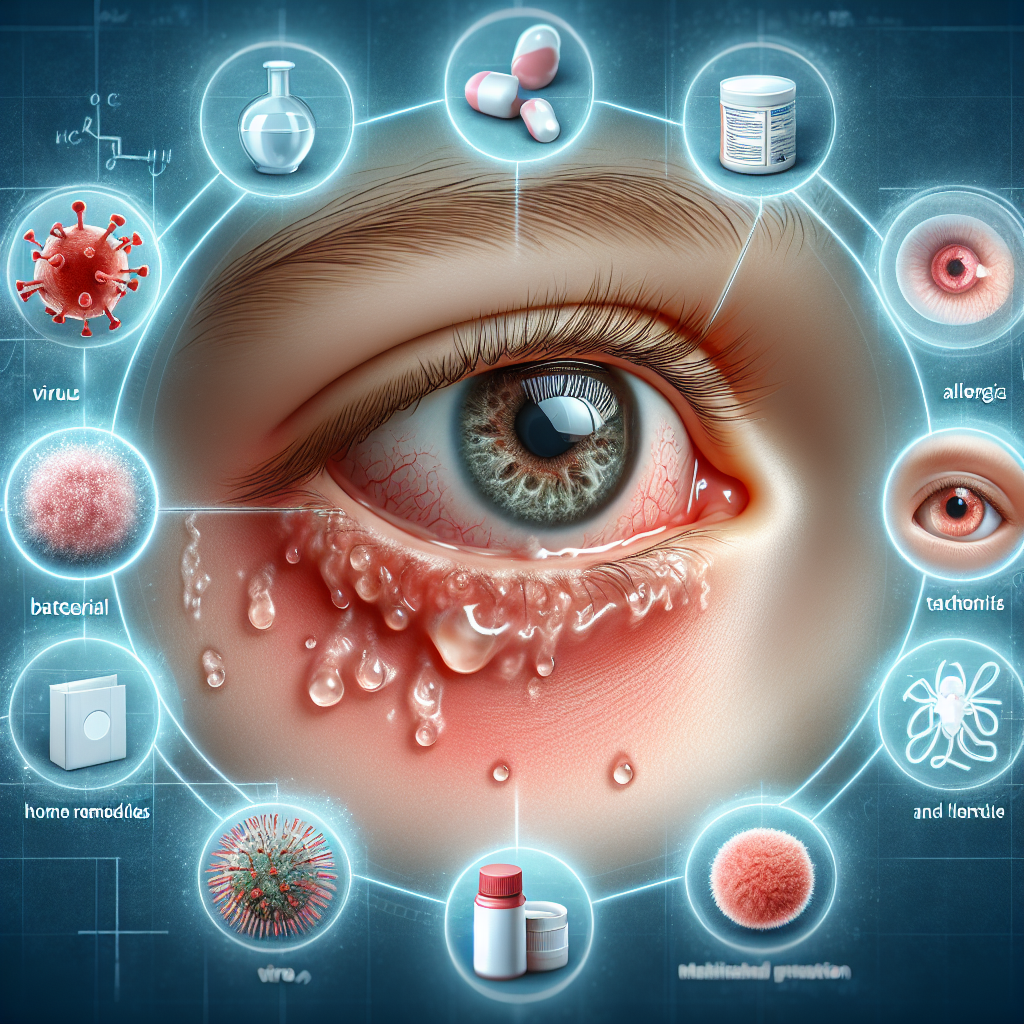Conjunctivitis in Children: Methods of Treatment and Prevention
Conjunctivitis, also known as "pink eye", is a common condition in children that can cause discomfort, irritation and sometimes seriously affect vision. As a parent or caregiver, it is essential to understand how we can treat and prevent this condition.
Conjunctivitis Explored: Symptoms and Causes
Conjunctivitis occurs when the conjunctiva, the thin membrane that covers the whites of the eyes and the inside of the eyelids, becomes inflamed. It can be caused by allergies, bacteria, viruses, or irritants like pool smoke and chlorine. Symptoms may include red eyes, watery eyes, feeling of sand in the eyes, purulent or viscous discharge, and sensitivity to light. In cases of allergic conjunctivitis, the child may also show other signs of allergy, such as sneezing or stuffy nose.
Prevention is the Best Policy
Prevention of conjunctivitis starts with hand hygiene. Teach your children to wash their hands thoroughly with soap and water, especially before touching their eyes. It is also important to avoid sharing towels, handkerchiefs or contact lenses. For allergic conjunctivitis, keep your home free of dust and allergens and use air filters to reduce exposure to common allergens.
Treatment Options
Treatment for conjunctivitis in children varies depending on its cause. For the viral form, there is usually no specific treatment and the condition resolves itself within a few days. Bacterial conjunctivitis may require topical antibiotics in the form of eye drops or ointments. In the case of allergic conjunctivitis, antihistamines or anti-inflammatory drops can help relieve symptoms. It is essential to consult a pediatrician or ophthalmologist to determine the best course of treatment for the child.
Tips and Techniques at Home
In addition to medication, you can apply hot or cold compresses to your child's eyes to help reduce inflammation and discomfort. In most cases, conjunctivitis is not severe, but if you notice signs of vision deterioration, extreme sensitivity to light, or intense pain, it is vital to seek emergency medical attention.
Natural Treatment and Home Remedies
Many families choose to explore natural treatment options as well. Some traditional remedies include applying cucumber slices or chamomile-infused compresses to soothe irritated eyes. It is important to note that these methods may provide temporary relief, but they do not treat the underlying cause of conjunctivitis and therefore should not replace medical advice.
When to Go to the Doctor
Even though many cases of conjunctivitis are mild and resolve without treatment, there are situations when it is necessary to see a doctor. If the child has severe symptoms, such as eye pain, visual disturbances, or if the symptoms persist for more than a week, you should go to a specialist.
Monitoring and Tracking Evolution
After diagnosis and starting treatment, it is vital to monitor the evolution of the child's symptoms. If the condition improves, be sure to follow the full course of treatment, even if the symptoms seem to subside. If symptoms worsen or complications occur, contact your doctor immediately.
Conclusion
Conjunctivitis in children can be a bothersome condition, but with proper treatment and precautions, it can be managed effectively. Follow the hygiene recommendations, consult the doctor when necessary and apply the appropriate treatment. By understanding the causes, symptoms and treatment options, you can ensure the health of your child's eyes and avoid the unpleasant complications of this common condition.
For more information and helpful resources, feel free to visit the baby health section of our store or subscribe to our newsletter for regular tips and updates.














































































































































